White sesame seed
White sesame seeds, scientifically known as Sesamum indicum, are tiny, flat, oval-shaped seeds derived from the sesame plant. These seeds are a staple in various culinary traditions around the world due to their nutty flavor and versatility. They are renowned for their nutritional value and are used in a wide range of dishes, both in their natural form and as an ingredient in various products.
₹1,000.00
White Sesame Seeds:
Description: White sesame seeds, scientifically known as Sesamum indicum, are tiny, flat, oval-shaped seeds derived from the sesame plant. These seeds are a staple in various culinary traditions around the world due to their nutty flavor and versatility. They are renowned for their nutritional value and are used in a wide range of dishes, both in their natural form and as an ingredient in various products.
Plant Size and Type: The sesame plant is an annual herbaceous plant that can grow up to 2-3 feet (60-90 cm) in height. It has slender stems, small leaves, and delicate white or pinkish flowers. The seeds develop in pods on the plant, typically in pairs.
Taste and Color: White sesame seeds have a mild, nutty, and slightly sweet flavor. They are characterized by their small, flat, and oval shape and are ivory or pale cream in color.
Soil Type for Growth: Sesame plants thrive in well-drained, loamy soils. They are adaptable to a wide range of soil types but perform best in soils with good drainage and adequate organic matter.
Regions of Production: White sesame seeds are cultivated in various regions around the world. Major producers include India, China, Sudan, Myanmar, and Ethiopia. In India, the main sesame-producing states are Gujarat, Rajasthan, Madhya Pradesh, and Uttar Pradesh.
Maturity Period: The sesame plant typically matures in about 90-120 days from sowing, depending on the variety and growing conditions.
Environmental Conditions: Sesame plants require a warm and sunny climate to thrive. They are well-suited to tropical and subtropical regions with temperatures ranging between 68°F to 95°F (20°C to 35°C). They can tolerate drought conditions but require adequate moisture during the growing season.
Physical Properties and Ingredients:
- Physical Properties: White sesame seeds are small, flat, and oval-shaped. They measure around 2-4 mm in length and are about 1-2 mm wide. They have a smooth, shiny, and pale cream-colored exterior.
- Ingredients: White sesame seeds are rich in essential nutrients, including healthy fats, protein, dietary fiber, vitamins (such as B vitamins and vitamin E), and minerals (such as calcium, iron, and magnesium). They also contain antioxidants and lignans.
Shelf Life after Harvesting: When stored in a cool, dry place in an airtight container, white sesame seeds can have a shelf life of up to one to two years. Proper storage helps maintain their freshness and prevents them from becoming rancid.
Storage Conditions: To preserve the quality of white sesame seeds, store them in a cool, dark place away from direct sunlight, moisture, and heat. An airtight container or vacuum-sealed bag is ideal for preventing moisture and air exposure.
Uses and Consumers: White sesame seeds have a wide range of culinary uses and are popular in various cuisines worldwide. Some common uses include:
- Topping for bread and rolls: They are sprinkled on top of bread and rolls before baking to add a delightful crunch.
- Tahini: Ground sesame seeds are used to make tahini, a key ingredient in Middle Eastern dishes like hummus and baba ghanoush.
- Salad garnish: They are often used as a garnish for salads and vegetable dishes.
- Sesame oil: Sesame seeds are also pressed to extract sesame oil, which is used in cooking and as a flavor enhancer.
Consumers of white sesame seeds include home cooks, restaurants, bakeries, and food manufacturers who incorporate them into a wide variety of dishes, snacks, and products for their flavor, texture, and nutritional benefits.

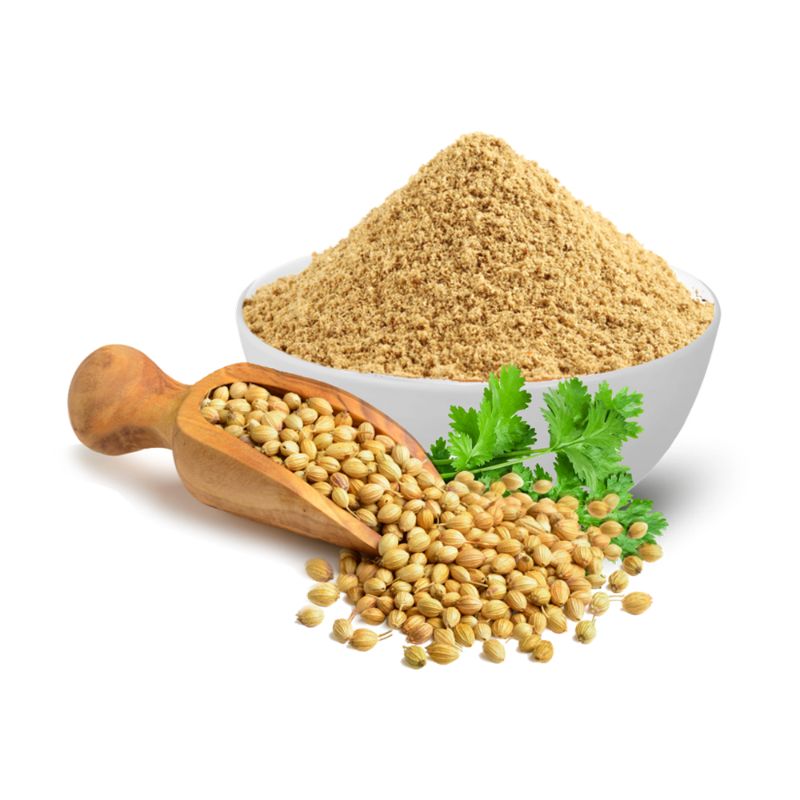
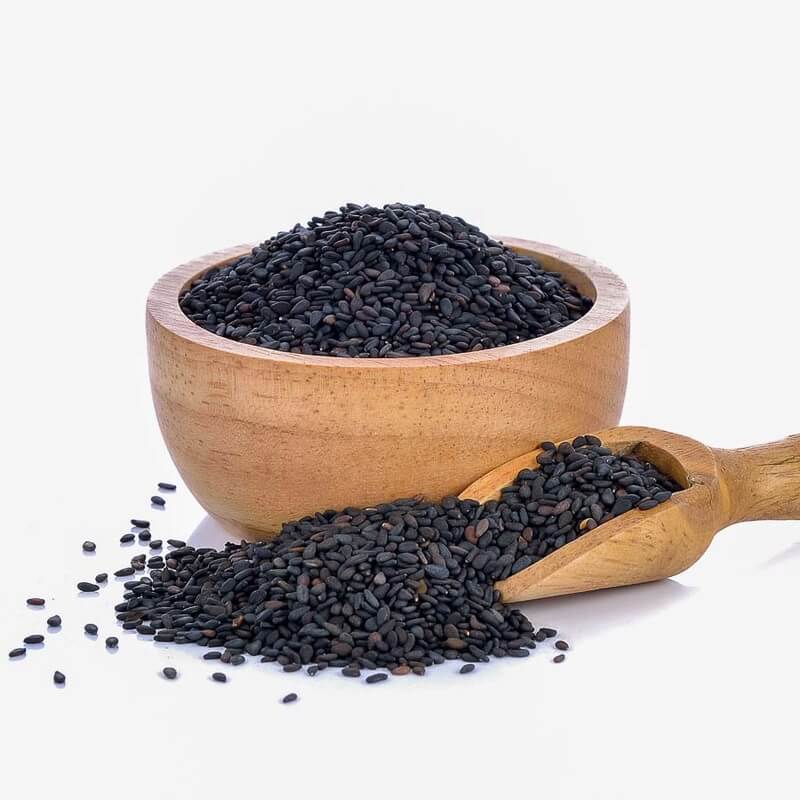
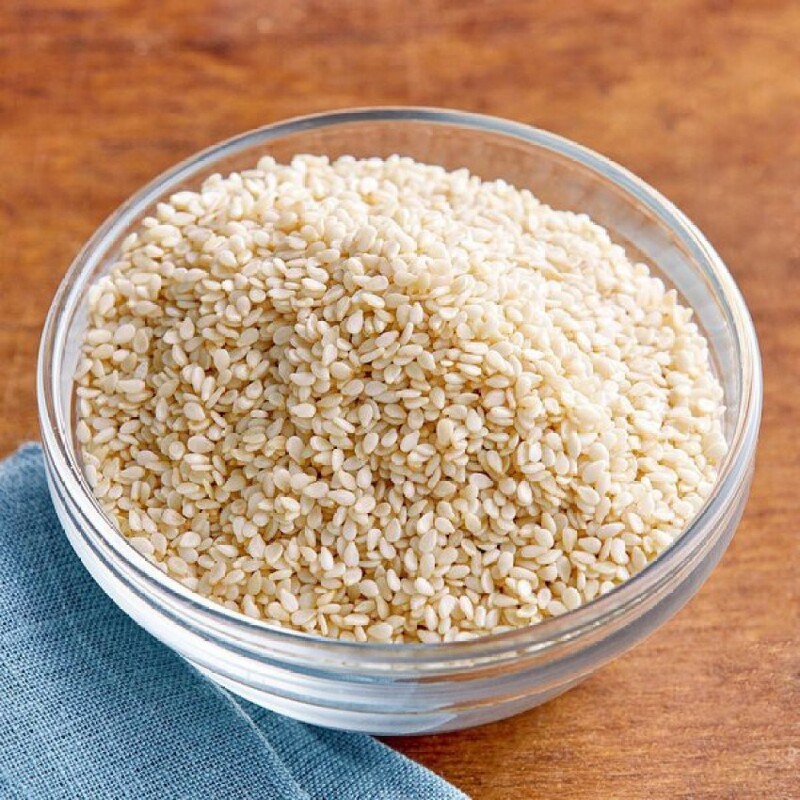
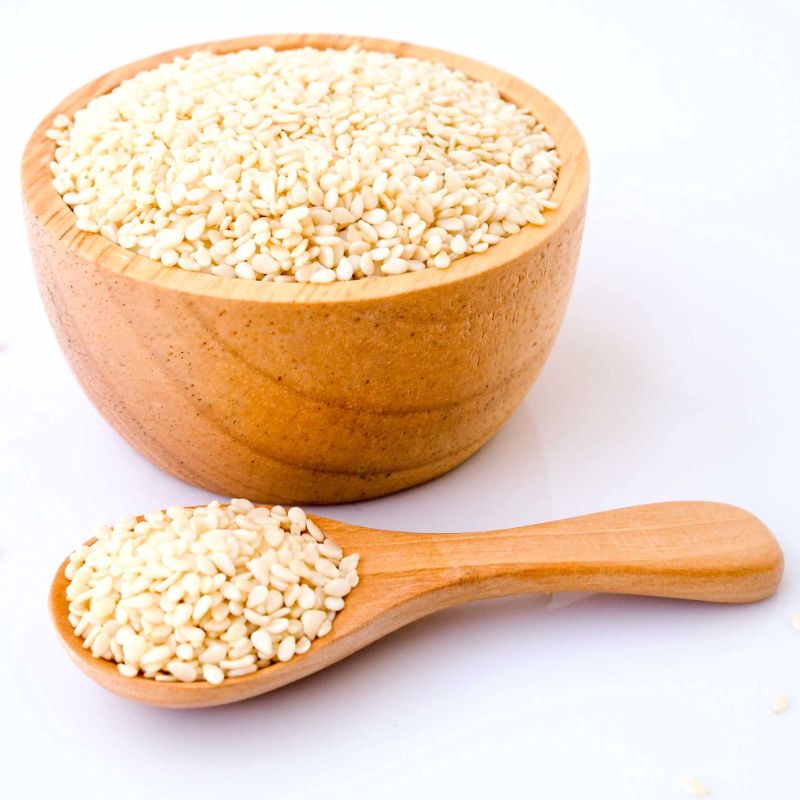
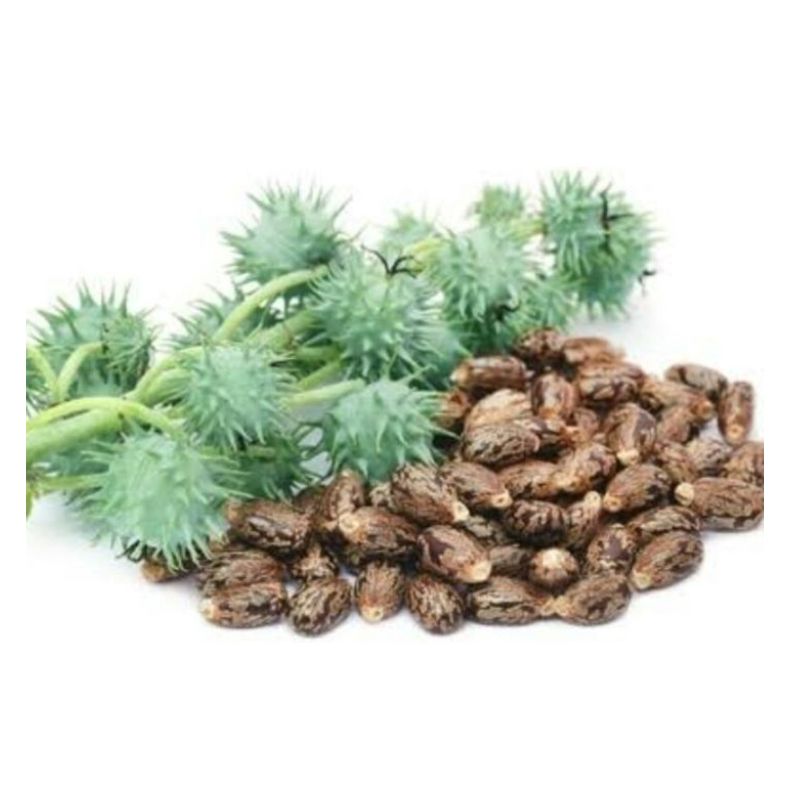
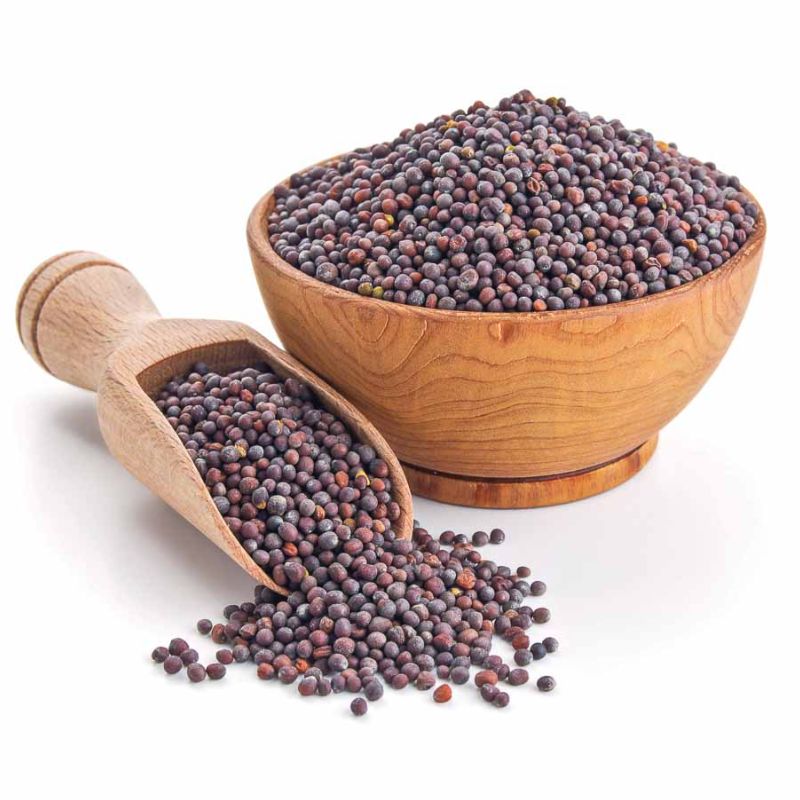
Reviews
There are no reviews yet.